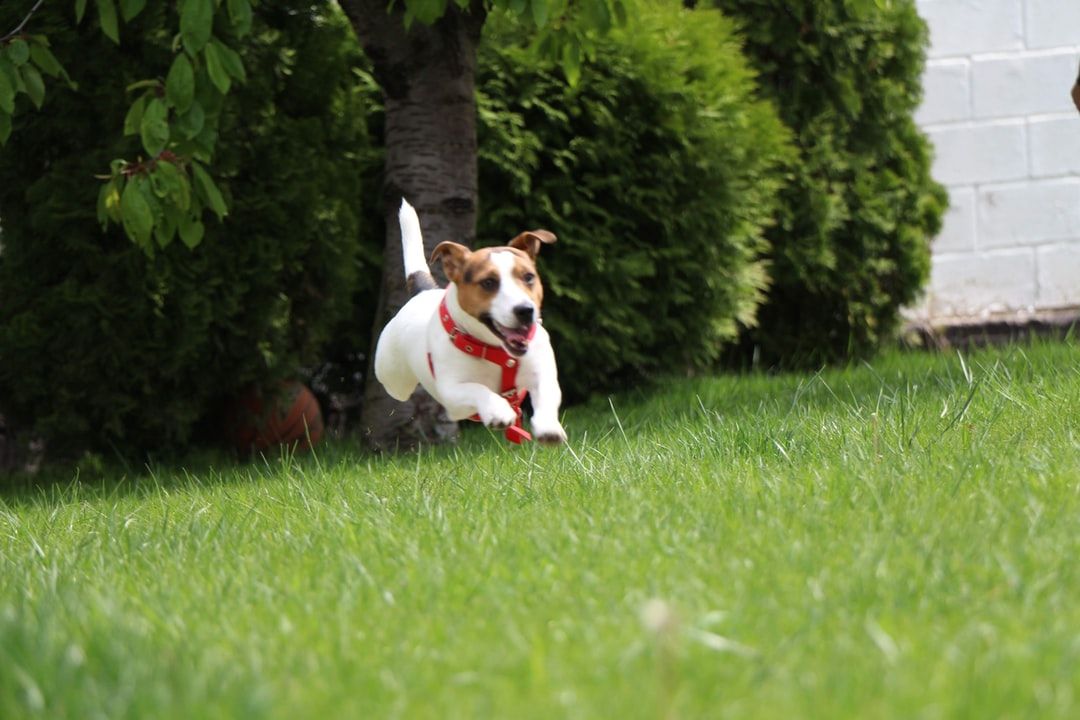As a fellow dog professional, you likely become incredibly passionate when talking about canine behaviour and training. Admittedly, this can sometimes be overwhelming to those that don't necessarily share our passion. When we work with dog guardians, we are naturally eager to provide as much information and support as possible, however it can be easy to overcomplicate things. When we try to explain how dogs learn, what behaviour we are observing, why it's likely happening and how to implement management and training, we can inadvertently overwhelm our clients. Granted, we need to educate them and coach them on effective training techniques but how can we simplify training for our clients?

Firstly, we need to make sure that we understand learning theories, training concepts and the implementation of these, well enough to explain them clearly. However, we need to be selective with the information we provide and try to avoid using technical jargon that they are unlikely to understand. If we begin discussing different types of conditioning and how the sympathetic nervous system operates, just to address reactivity, our clients will be rather confused. They don't need to understand all the ins and outs of learning theory and if we try to include this whilst trying to teach them other concepts, the client will likely feel overwhelmed and they may even give up.
The key is to make dog training approachable to everyone, of all abilities. On the very first session, clients can be stressed and emotional, so the last thing they need is a lecture on neuroscience, as much as we would love delivering it. We can always start simple and then provide more in-depth information, if the client is keen on learning more.
Facets of life have become unnecessarily complicated in many respects, therefore, when we do feel the need to explain deeper training concepts, it's important to be creative. To do this, I often use simple illustrations that will demonstrate my point in a way that is relatable.
For instance, I find it really essential to discuss extinction bursts with clients, when we are addressing a behaviour that has become well practiced, such as pulling on the lead. I explain this concept because I don't want them to be surprised or disappointed that their dogs training has suddenly regressed. If I neglect to explain extinction bursts, they will likely conclude the training isn't working and give up.
So the illustration I love to use to explain this concept, is using an elevator. I say to my client, "Imagine you use an elevator everyday. Each day you press the button and expect the same consequences. The elevator comes up, the doors open and you are taken to your chosen floor. Since you have pushed that elevator button on a daily basis for many months, you expect the same consequence. However, what happens one day when you press that button and nothing happens? You may press it a second time and wait. Then you may press it again and then due to frustration, you may press it repeatedly and even hold the button down and still nothing happens.
You escalated your behaviour because pressing that button has always worked in the past. This is what dogs do when a behaviour that has worked for so long, suddenly isn't working. They become frustrated because it’s worked before, so they escalate the behaviour to try and achieve the results they want”. This is known as an extinction burst. I explain this concept so clients are prepared for a sudden escalation in behaviour and then use it to communicate the importance of consistency. I move on to asking them, “What would happen if after a few days, you tried that elevator button again and it suddenly worked?” Asking this question helps them to reach the conclusion that they'd start using the elevator again, just like their dog would start using that behaviour again. It's such a great illustration that actually simplifies quite a complicated concept. It's powerful due to its simplicity!

When we plan our training session we need to consider 3 key things; the dog’s welfare, the concerns of the family and the training that can help them. That's obviously an oversimplification but it covers the basics. The dog’s welfare would include their needs, health and activity. Client’s concerns would include, learning their training priorities, what management could be implemented, what support might be needed and what strategies or safety measures could be put in place. Thirdly, training will encompass what behaviour modification and training we feel is going to be most beneficial.
Once we have established these key areas and obtained the dog’s history, we then need to prioritise both the training we cover and the information we provide in the first session. We can outline what management can be put in place the day or week of the session, such as changing the dogs walk routine or preventing access to an area where an unwanted behaviour is practiced. We then consider if the dog needs more or less exercise and enrichment to contribute to calmer behaviours and if a veterinary examination would be pertinent. Then we introduce some training techniques, provide demos and allow them to practice.
To ensure we have kept things simple, we can end the session by asking if the client understands everything we have covered and if they have any questions. We could then provide handouts that can illustrate training concepts and email the training notes, covering all the training steps covered in that particular session. Ensuring the client has followed everything, allows us to reflect on whether we need to shorten sessions or reduce how much is covered in a single session. And providing notes and handouts makes it easier for the client to remember and practice all the training.
There is beauty in simplicity because it can help the clients achieve results they never thought possible. So ensure all training is accessible and remember that simplicity in delivery, equals efficiency in practice.
Start Your FREE Skill-Hub Trial Today
Commitment Free 3 Day Access
Canine Principles' Skill-Hub allows unlimited* access to ALL self-study courses, workshops & webinars.
*Requires Monthly Subscription. See Skill-Hub Subscription Page For Details.

